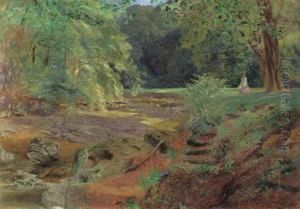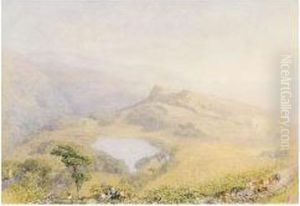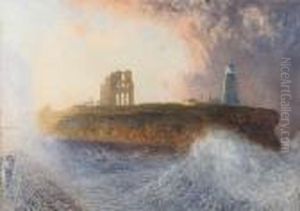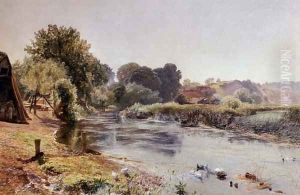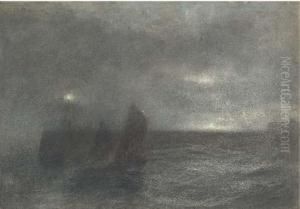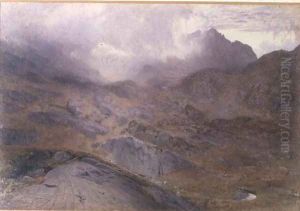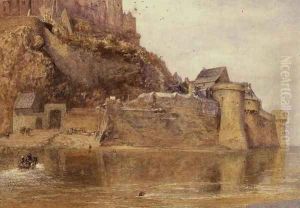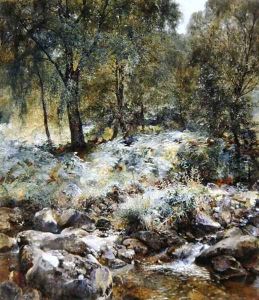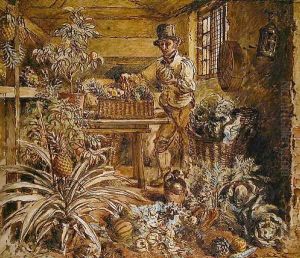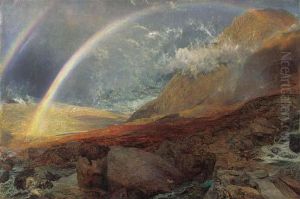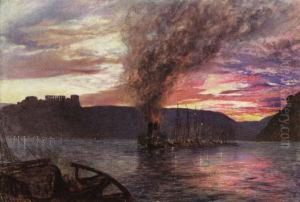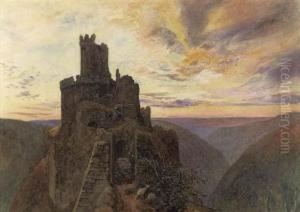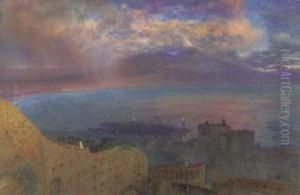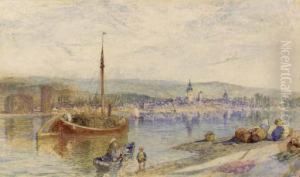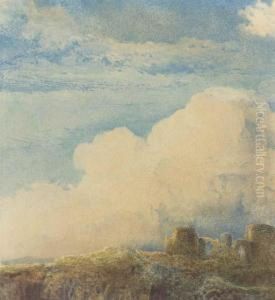Alfred William Hunt Paintings
Alfred William Hunt was a prominent British painter of the Victorian era, known for his landscape paintings and watercolors. Born on October 15, 1830, in Liverpool, England, Hunt was the son of landscape painter Andrew Hunt and his artistic talent became evident at an early age. He studied at the Royal Academy Schools after initially being educated at home and at Corpus Christi College, Oxford.
Hunt's early work was influenced by the Pre-Raphaelite Brotherhood, a group of English painters, poets, and critics founded in 1848 who aimed to revive the detailed, bright, and intricate style of early Renaissance painting. Though he was not an official member, Hunt shared many of their ideals, including a meticulous attention to detail and a love for nature, which was reflected in his landscape paintings.
Throughout his career, Alfred William Hunt received considerable recognition for his contribution to British art, particularly for his mastery in watercolor. He was elected an associate of the Society of Painters in Water Colours (now the Royal Watercolour Society) in 1854 and became a full member in 1862. His work often depicted the British countryside and was marked by its fine detail, vibrant colors, and an emphasis on naturalism.
Hunt's paintings are characterized by their luminous quality and his skillful use of light and shade, which he often used to dramatic effect. He was also a pioneer in embracing plein air painting, which involves painting outdoors to capture the essence of the landscape directly from nature.
Despite his success, Hunt's life was not without challenges. He struggled with financial difficulties and suffered from poor health in his later years. Alfred William Hunt's dedication to his art remained unwavering until his death on May 3, 1896. His legacy lives on through his paintings, which continue to be appreciated for their beauty and technical skill. Hunt's work is held in various collections, including the Tate Gallery in London and the Ashmolean Museum in Oxford.


